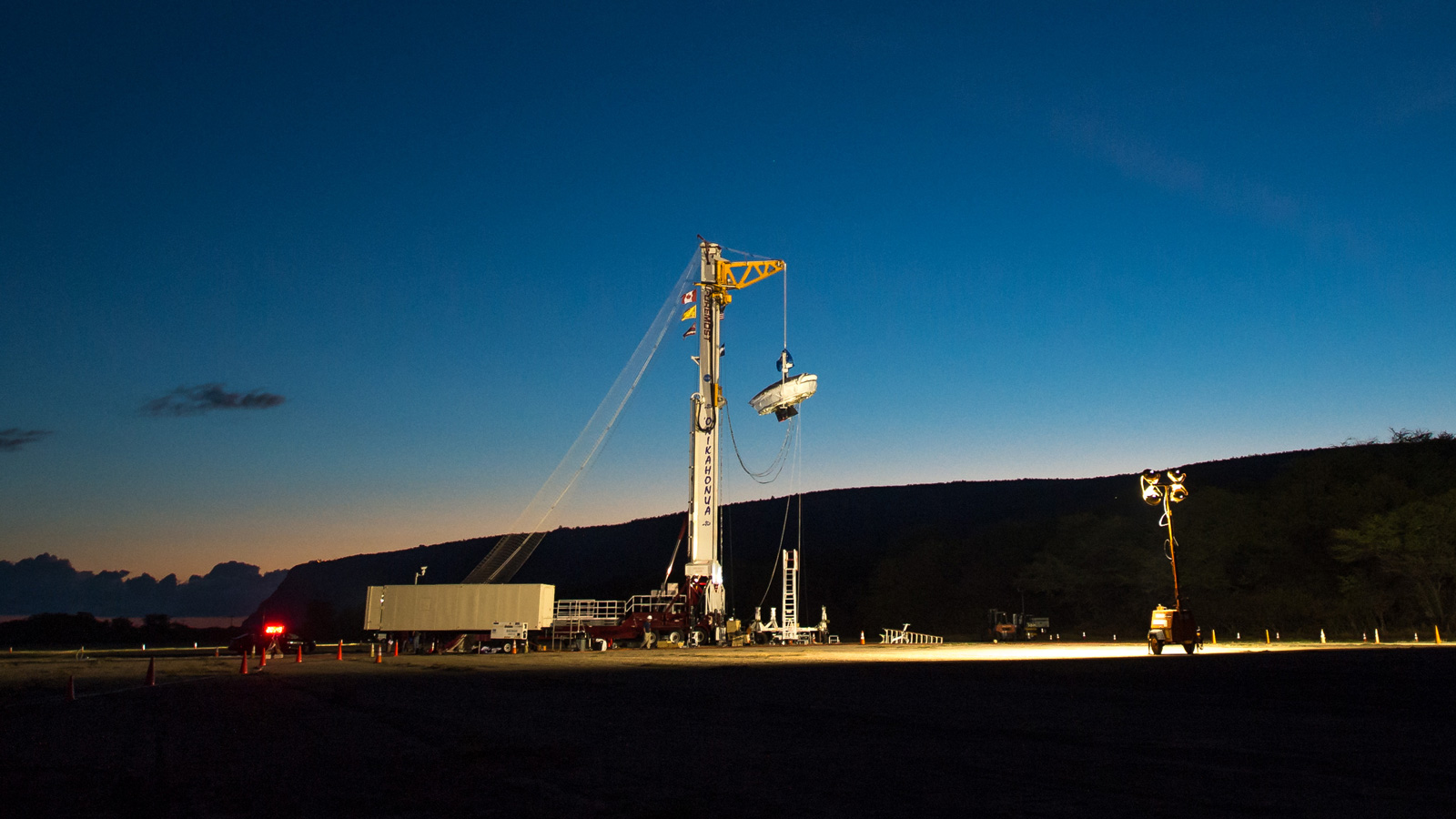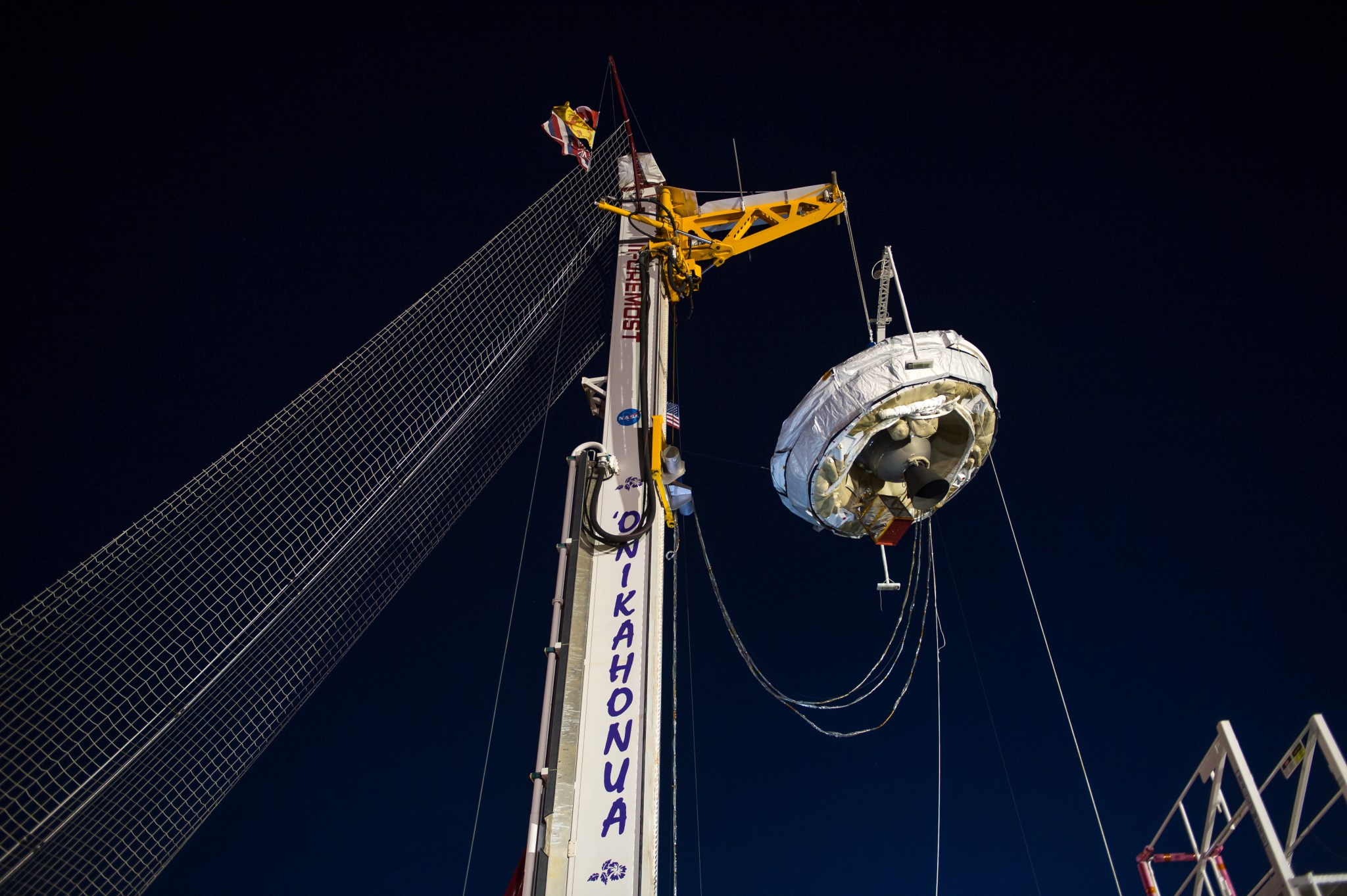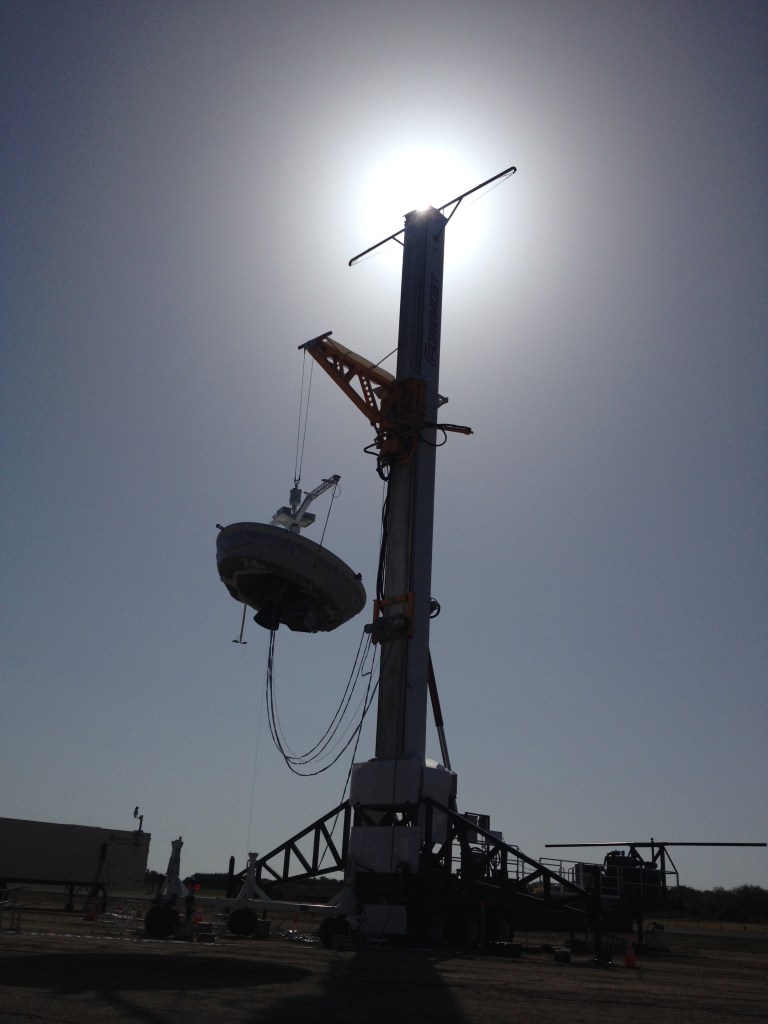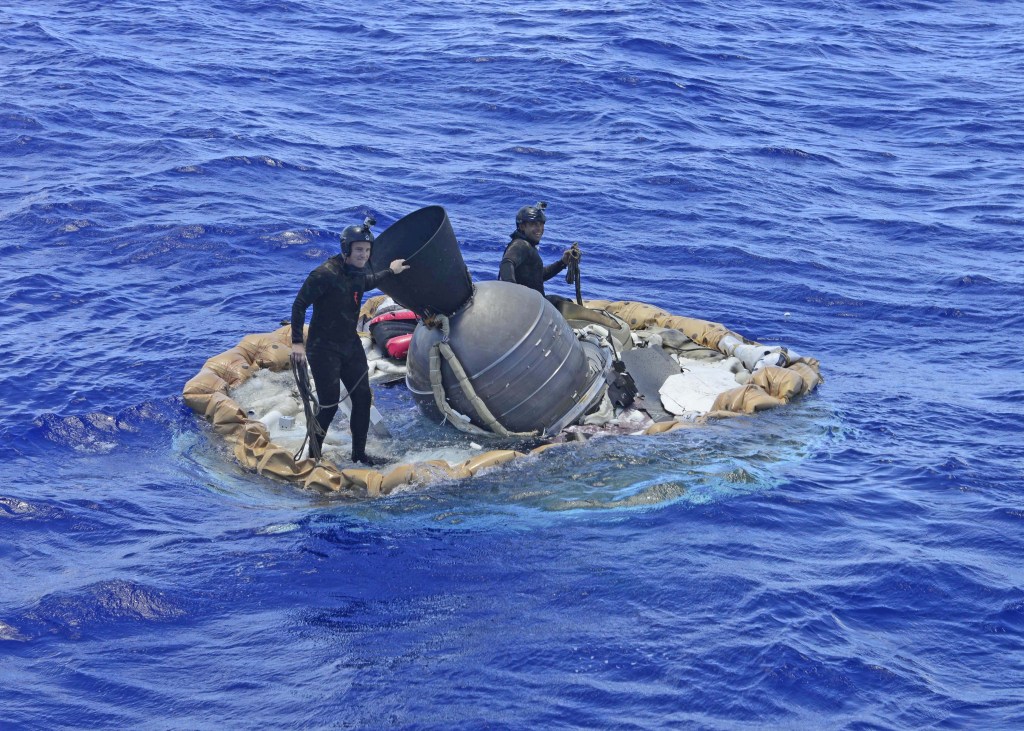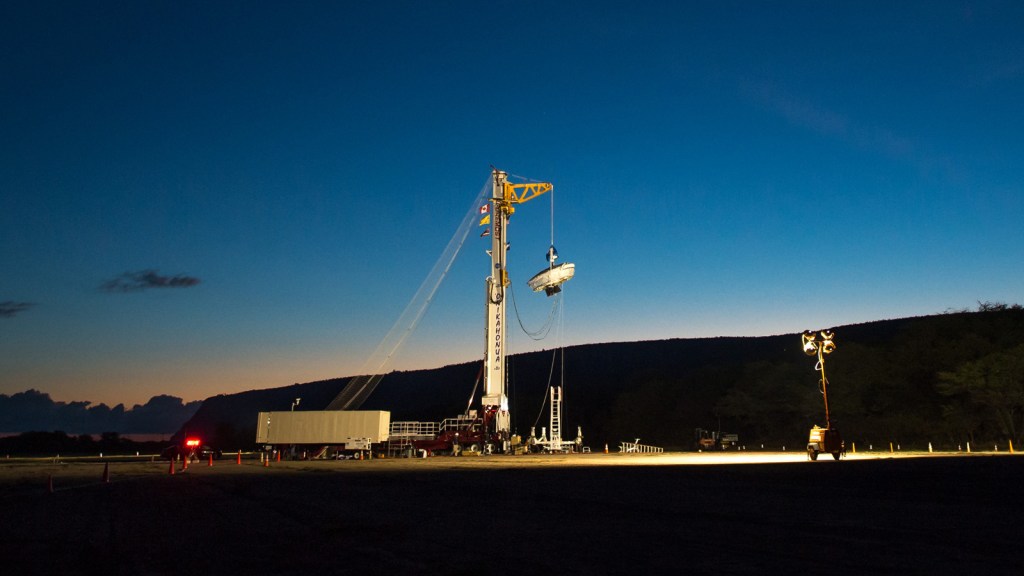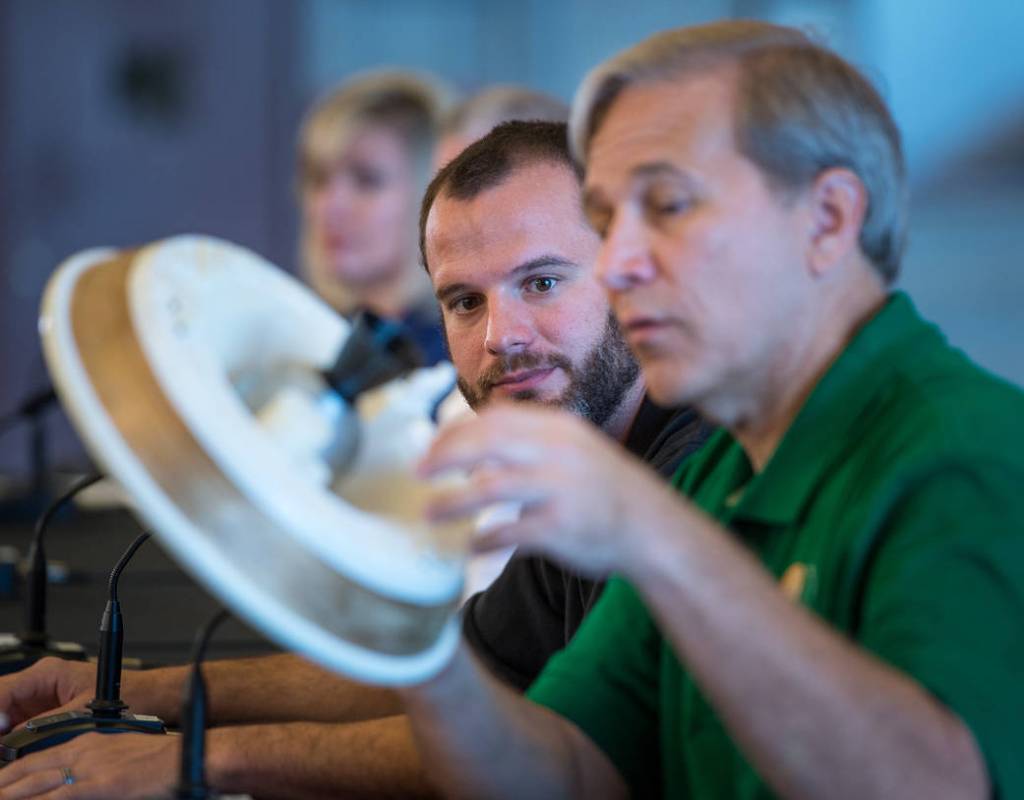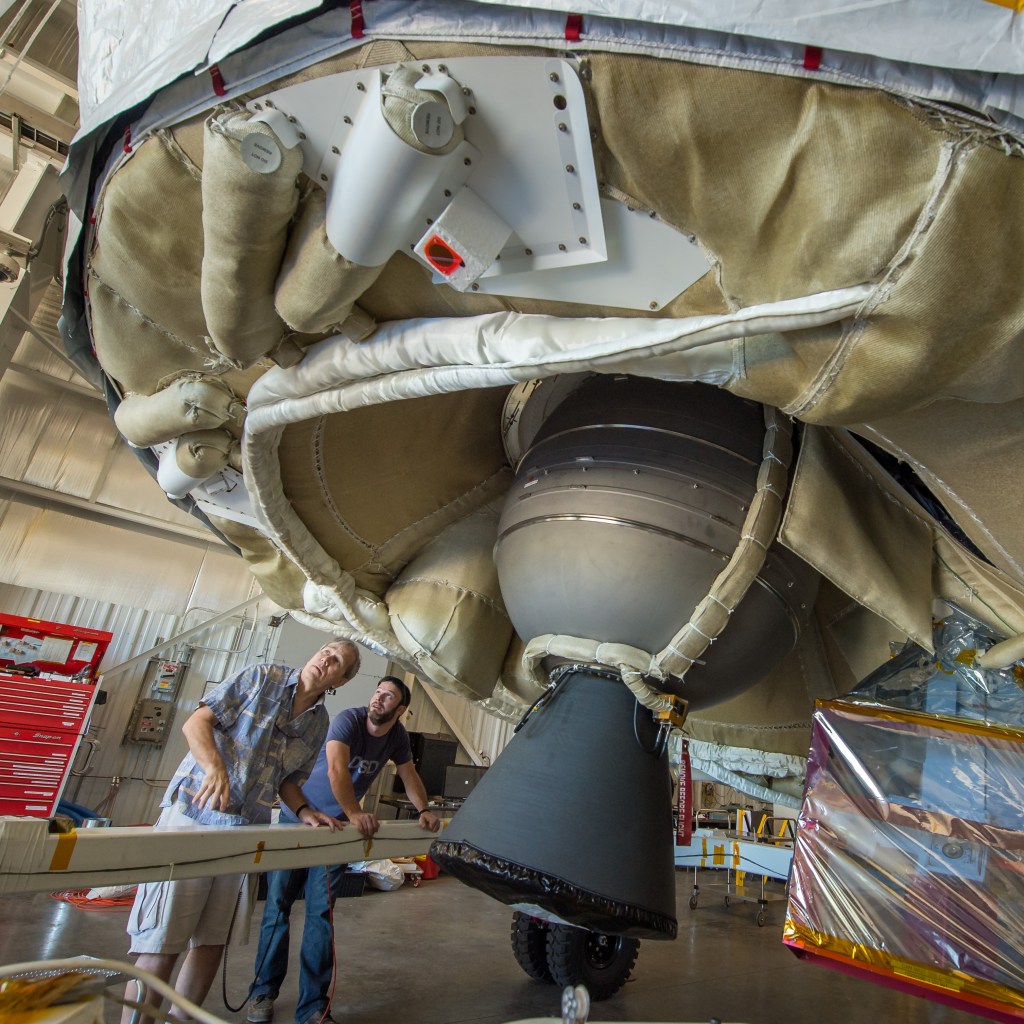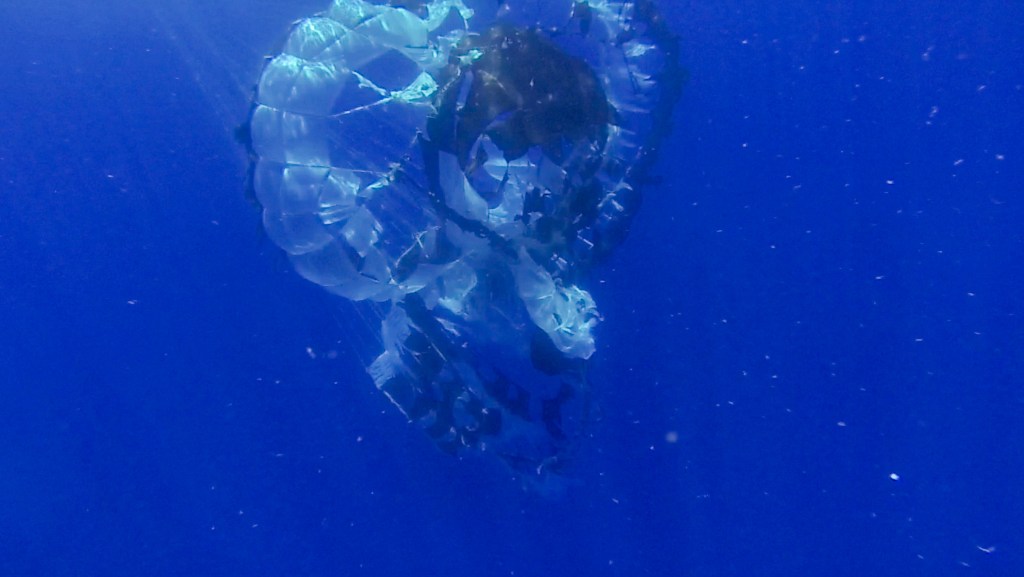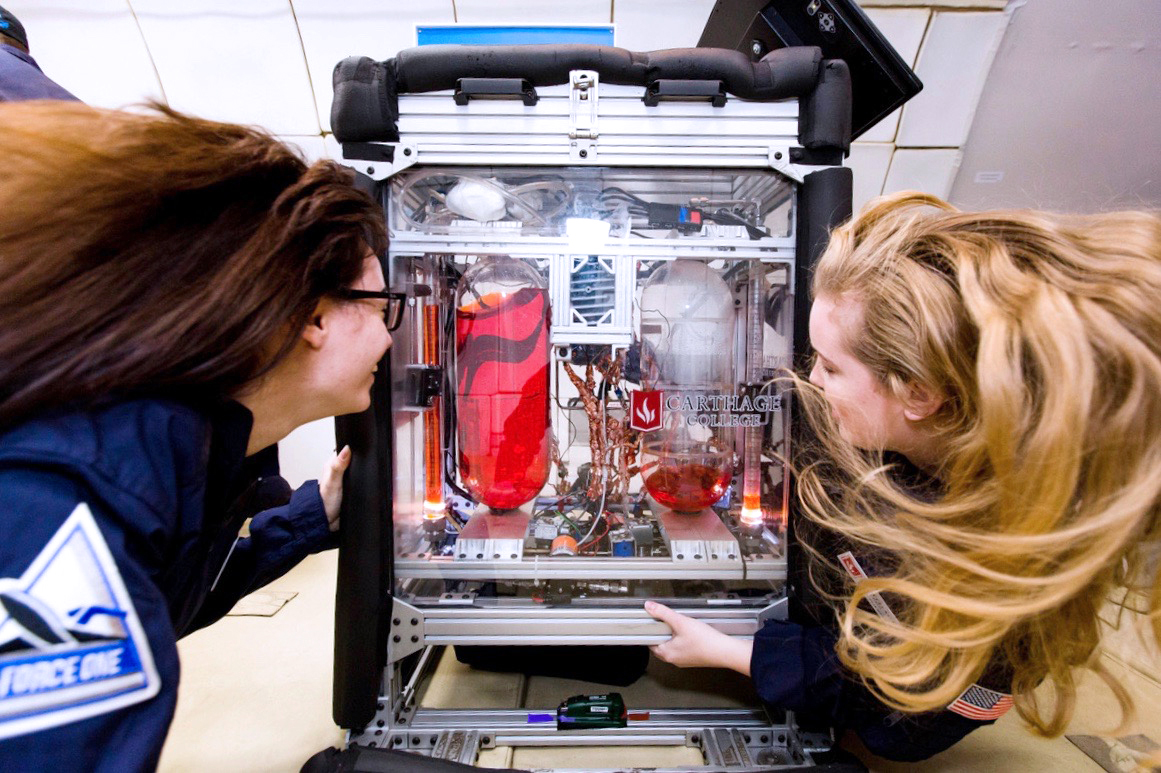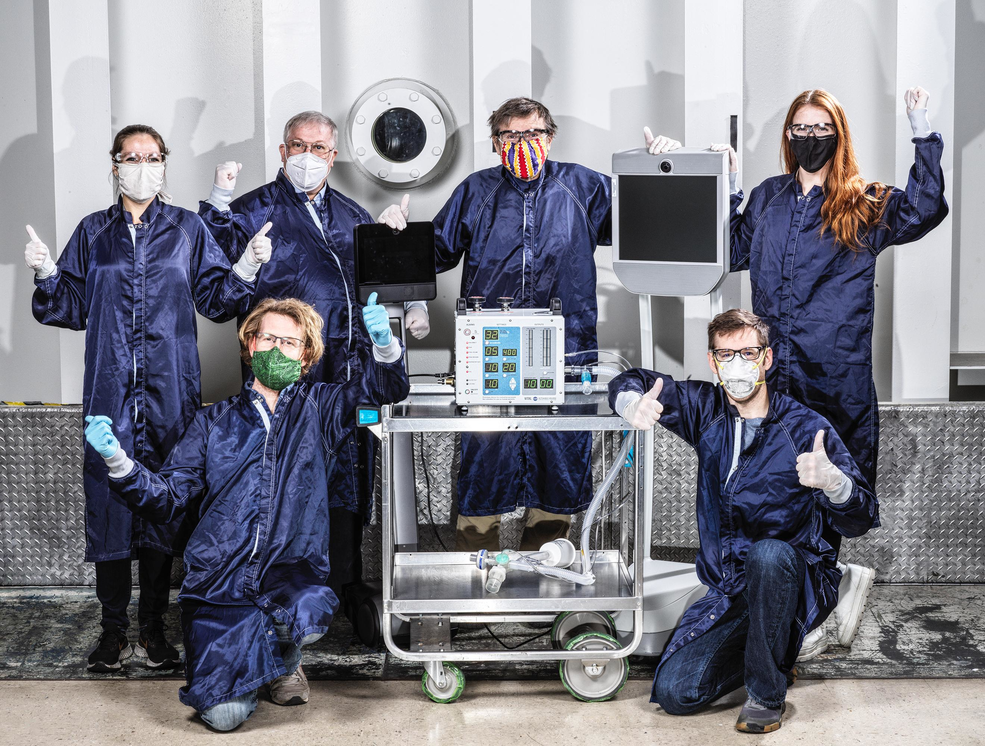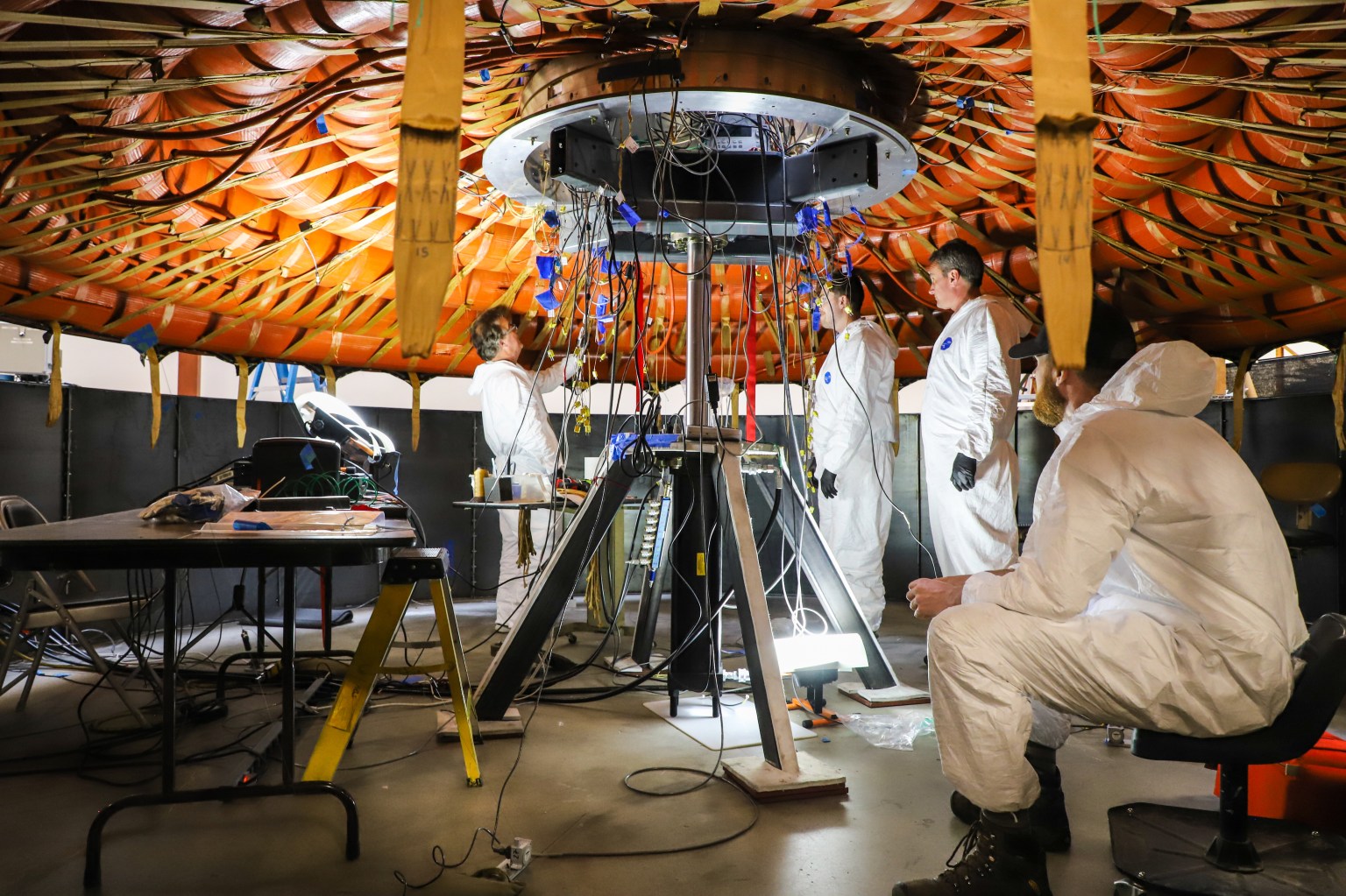As NASA plans ambitious new robotic missions to Mars, laying the groundwork for even more complex human science expeditions to come, the spacecraft needed to land safely on the red planet’s surface necessarily becomes increasingly massive, hauling larger payloads to accommodate extended stays on the Martian surface.
Current technology for decelerating from the high speed of atmospheric entry to the final stages of landing on Mars dates back to NASA’s Viking Program, which put two landers on Mars in 1976. The basic Viking parachute design has been used ever since — and was successfully used again in 2012 to deliver the Curiosity rover to Mars.
NASA seeks to use atmospheric drag as a solution, saving rocket engines and fuel for final maneuvers and landing procedures.
The heavier planetary landers of tomorrow, however, will require much larger drag devices than any now in use to slow them down — and those next-generation drag devices will need to be deployed at higher supersonic speeds to safely land vehicle, crew and cargo. NASA’s Low Density Supersonic Decelerators project, or LDSD, led by NASA’s Jet Propulsion Laboratory in Pasadena, California, will conduct full-scale, stratospheric tests of these breakthrough technologies high above Earth to prove their value for future missions to Mars.
Three devices are being tested. The first two are supersonic inflatable aerodynamic decelerators developed in 6-meter-diameter and 8-meter-diameter configurations. Both are very large, durable, balloon-like pressure vessels that inflate around the entry vehicle and slow it from Mach 3.5 or greater to Mach 2 or lower. Also developed and tested is a 30.5-meter-diameter parachute intended to further slow the entry vehicle from Mach 1.5 or Mach 2 to subsonic speeds. The chute tests incorporated two different designs: a disk sail, employing a single, durable piece of fabric; and a ring sail, a stronger, paneled variation sewn together in concentric rings on high-strength Kevlar material.
All three devices will be the largest of their kind ever flown at speeds several times greater than the speed of sound.
Together, these new drag devices can increase payload delivery to the surface of Mars from our current capability of 1.5 metric tons to 2 to 3 metric tons, depending on which inflatable decelerator is used in combination with the parachute. They will increase available landing altitudes by 2-3 kilometers, increasing the accessible surface area we can explore. They also will improve landing accuracy from a margin of 10 kilometers to just 3 kilometers. All these factors will increase the capabilities and robustness of robotic and human explorers on Mars.
To thoroughly test the system, the LDSD team will fly the drag devices several times — at full scale and at supersonic speeds — high in Earth’s stratosphere, simulating entry into the atmosphere of Mars. The investigators conducted design verification tests of parachutes and supersonic inflatable aerodynamic decelerators through 2013. Supersonic flight tests were conducted in2014 and 2015 from the U.S. Navy Pacific Missile Range Facility in Kauai, Hawaii. Additional development and testing is under consideration for 2016.
The devices are expected to maximize the capability of current launch vehicles, and could be used in Mars missions launching as early as 2020.
The LDSD project is sponsored by NASA’s Space Technology Mission Directorate and is managed by the Jet Propulsion Laboratory.
LDSD News
LDSD Completes Experimental Test Flight
Engineers are poring over the data following the second experimental landing technology test of NASA's Low-Density Supersonic Decelerator (LDSD) project.
Learn More about LDSD Completes Experimental Test Flight